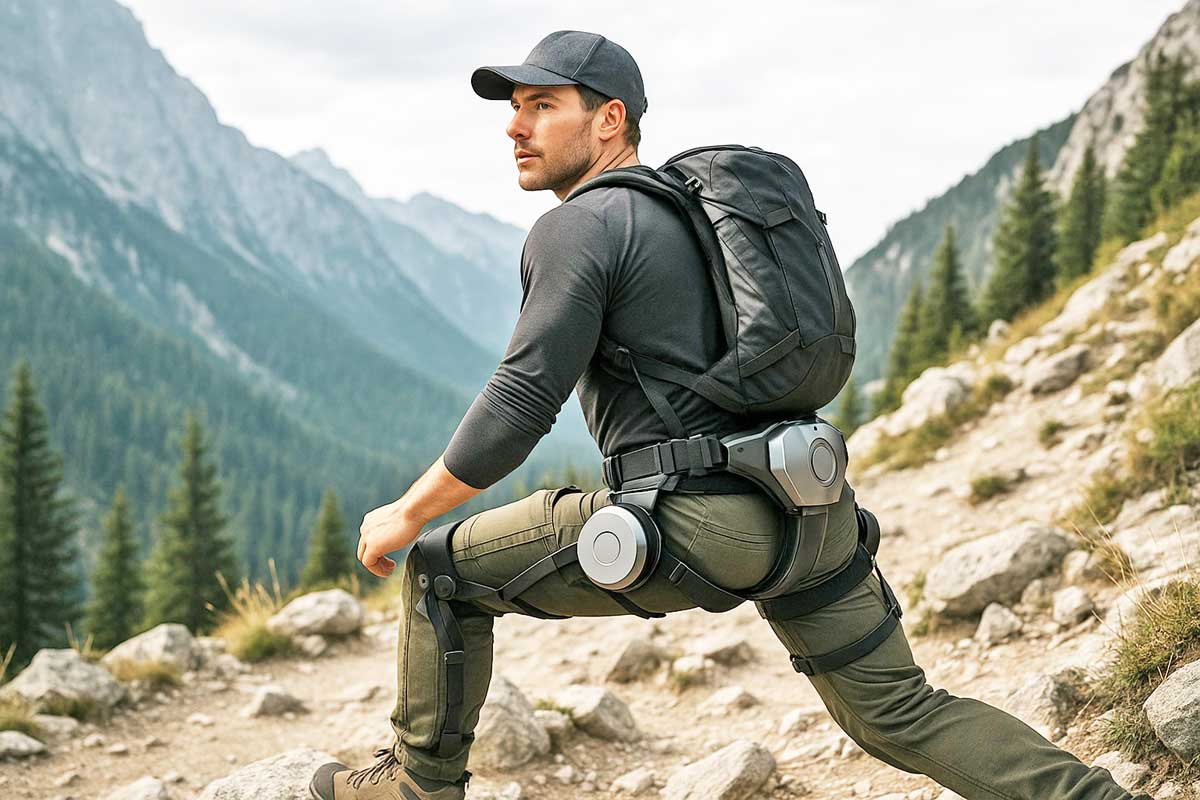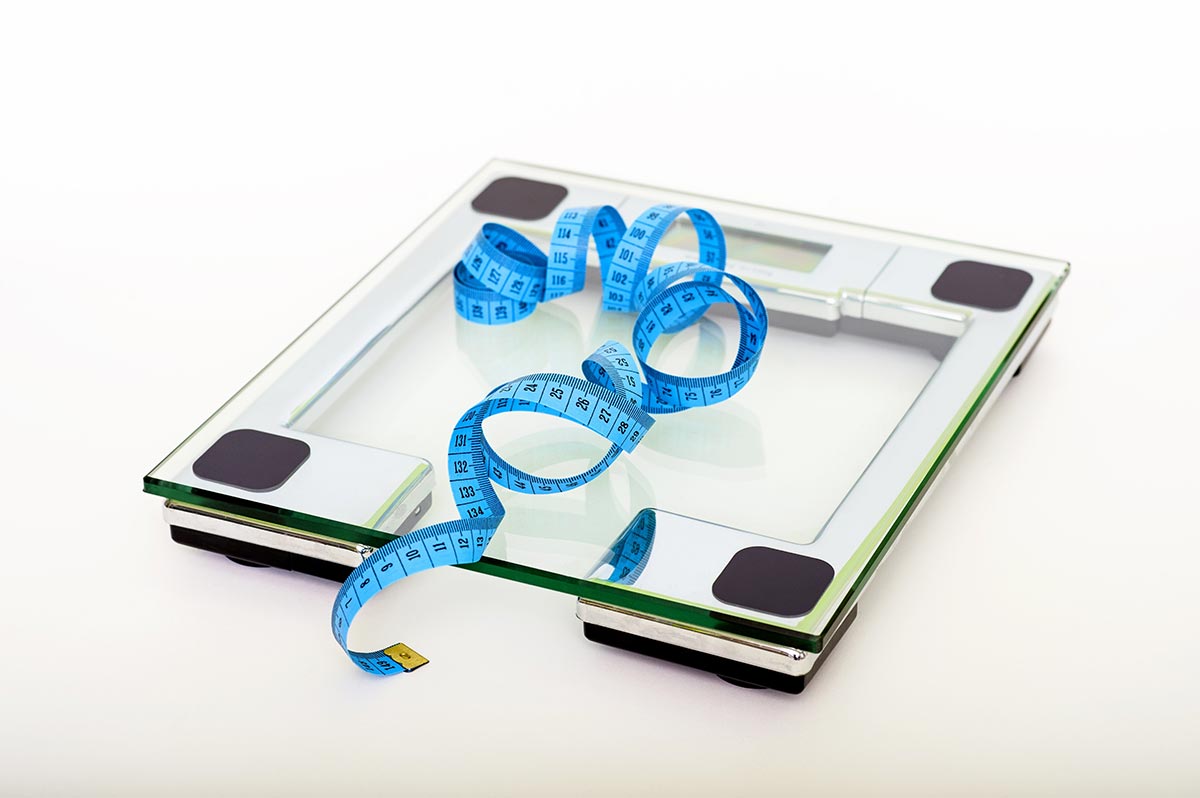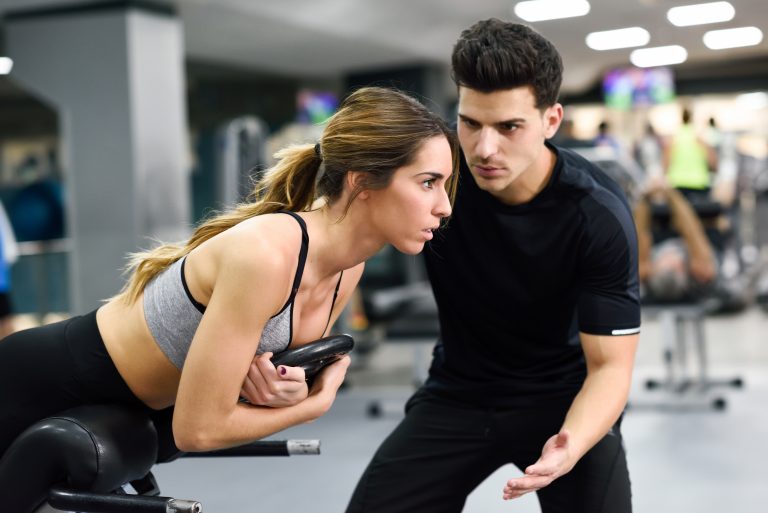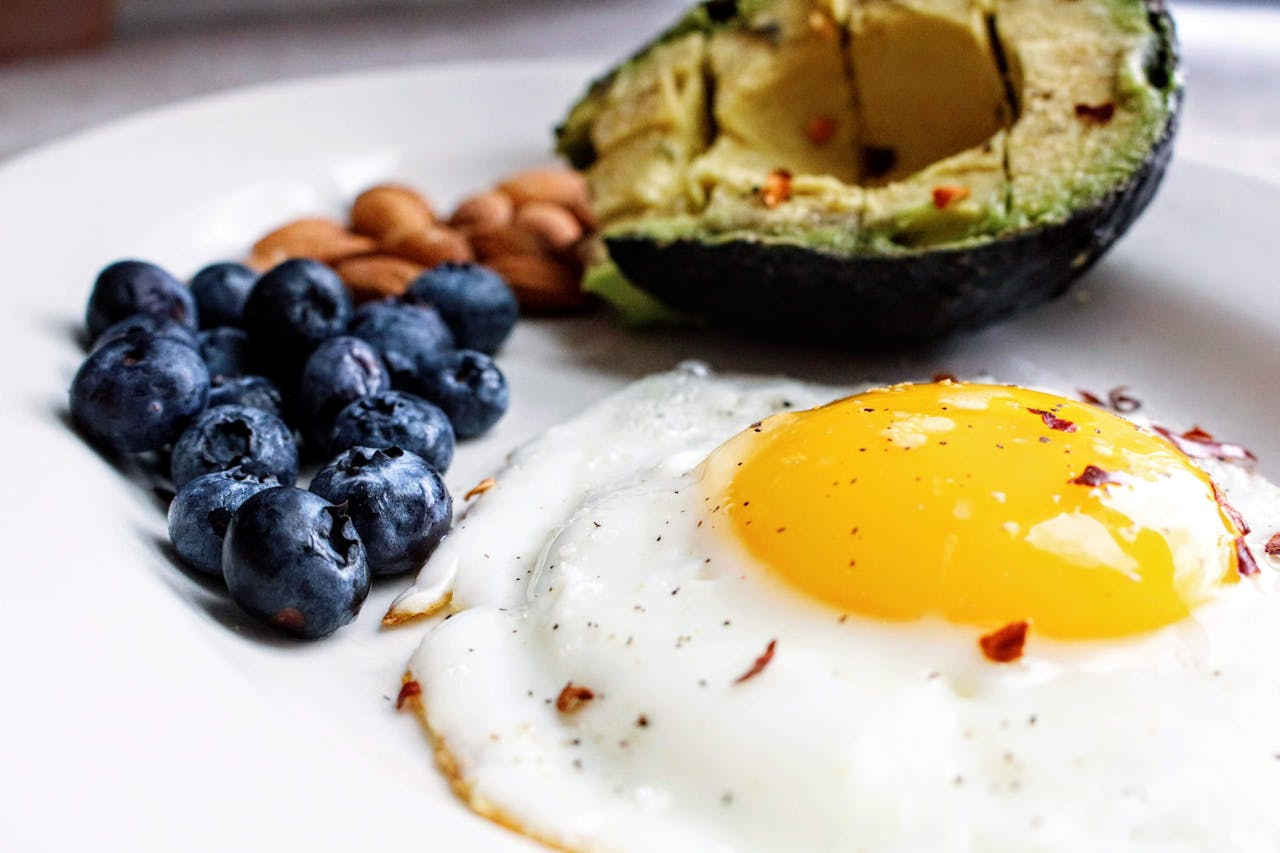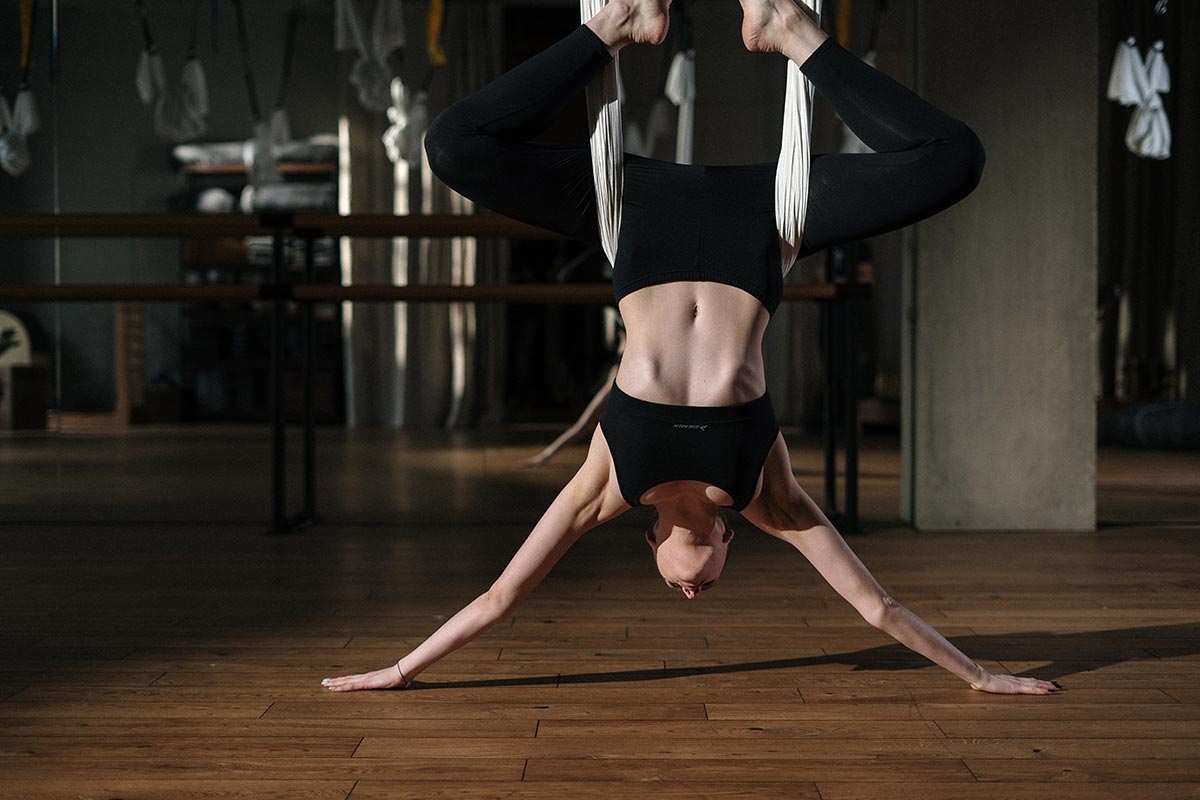It started, like so many tech obsessions today, with a reel. A guy in his fifties hiking up a steep trail like it was flat ground. His backpack loaded, his pace effortless, not a drop of sweat. At first, you think it’s an editing trick. Then you see it – strapped to his hips and legs is something that looks like a cyberpunk climbing harness. It’s Hypershell: a wearable exoskeleton designed to make walking, climbing, hiking, and even everyday movement easier. Not robotic – just supportive. Like an e-bike for your legs. Only this time, without pedals.
Hypershell isn’t just a product. It’s a paradigm shift. It challenges the idea that biology should limit movement. It empowers people to walk farther, climb higher, and live more fully. Whether you're 25 or 75, recovering or training, Hypershell offers a new kind of freedom. E-bikes changed how we ride. Hypershell is changing how we walk.
And that’s where the comparisons start. What e-bikes did for cycling – making long distances more accessible, inclines less daunting, and physical limitations less decisive – Hypershell aims to do for your stride. But instead of chasing speed, it’s about endurance, stability, and the ability to go further without your body waving a white flag. Walking without pain isn’t just a nice-to-have. It’s freedom.
From Sci-Fi to Sidewalk: What Hypershell Actually Is
Hypershell is a motor-assisted exoskeleton that wraps around your hips and legs. It doesn’t carry you – it enhances you. Eight small motors, combining for up to 800 watts (about one mechanical horsepower), detect your movements through smart sensors and deliver assistance in real time. You push, it pushes back – in a good way. Uphill sections, heavy packs, or simply fatigue get met with torque you didn’t know you had. Think “wearable horsepower” rather than “robot legs.”
| Source | Key Takeaway |
|---|---|
| Digital Trends | A category-defining product that expands mobility for all users |
| Gizmodo | Makes difficult hikes feel effortless — maybe too effortless |
| The Verge | Excellent fatigue reduction, but not ideal for seated use |
| Strong support for rehab and fatigue; battery life needs improvement | |
| Pokde.net | AI adapts seamlessly to movement, enhancing natural gait |
| Fast Company | Improves balance and strength in daily winter activities |
According to The Verge, wearing the Hypershell Pro X for a full day didn’t make the tester faster – but it left them significantly less tired. Gizmodo’s take was even more blunt: it made a three-hour mountain hike “too easy.” Depending on who you ask, that’s either disappointing or exactly the point.
Who’s It Really For?
Let’s be honest – the average 25-year-old marathon runner doesn’t need Hypershell. Not yet. But for a growing group of people – older adults, those recovering from surgery, hikers or walkers whose ambitions are bigger than their knees – it’s a bridge between wanting and being able.
On Reddit, users with chronic fatigue syndrome or post-surgical recovery aren’t talking about “AI-enhanced biomechanics.” They’re talking about being able to walk the dog again. To visit the farmer’s market without carrying a folding chair. To take a trail they’d stopped visiting years ago because the climb home was too much. That’s not a niche – that’s millions of people.
And athletes are curious too. Fast Company put testers to work shovelling snow and walking with resistance while wearing Hypershell. The verdict? Better balance, more even strength distribution, and less perceived strain – though the weight around the waist and thighs takes getting used to.
The Psychological Impact
Beyond physical support, Hypershell delivers something more profound: confidence. For someone recovering from a knee replacement or living with chronic fatigue, the ability to walk without dread is life-changing. It’s not just about pushing harder — it’s about doing more of what you love without fearing the cost.Hypershell restores autonomy. It empowers users to reclaim their routines, their hobbies, and their sense of self. That’s not just innovation — it’s liberation.
Engineering Excellence
Hypershell’s engineering core is the MotionEngine, a control unit capable of processing thousands of calculations every second. It learns the user’s unique gait pattern, anticipates changes in terrain, and adjusts support in real time. The motor system responds with millisecond precision, delivering targeted torque exactly when it’s needed most — whether that’s a steep incline, uneven ground, or the final steps of a long climb.
Complementing this power is the AeroFlex SoftSuit, a lightweight frame that distributes force evenly across the hips and legs, striking a careful balance between strength and comfort. Every design choice serves a single purpose: to make movement not just easier, but also safer and more enjoyable, for both demanding outdoor conditions and everyday life.
The Catch – Because It’s Not All Glory
For all the promise, Hypershell still has limitations. The battery lasts 4–6 hours – fine for a half-day outing, but not enough for a thru-hike. The device adds weight you’ll notice, especially on your hips and thighs. Sitting down is awkward. The app for adjusting support levels isn’t exactly plug-and-play. And at $1,199, this is no impulse buy.
That said, compared to traditional mobility aids – trekking poles, canes, or powered scooters – Hypershell is a different category entirely. It supports active, dynamic movement. You don’t look like you need help. You look like you’re headed somewhere on purpose.
Real Terrains, Real People – Where Hypershell Shines
The Ben Nevis test from UK outdoor magazine Advnture is telling. A reviewer with past knee surgery reported substantial support on steep climbs. The New York Post went as far as calling the sensation “superhuman” – not because it made them fly, but because it kept them moving long after they’d usually have stopped.
That’s the real USP: extended autonomy. Hypershell isn’t promising faster or better. It promises you’ll still be going when you’d normally quit. If you’ve ever had to turn back early, sit out a trail, or avoid a hill because of your joints or lungs, you know what that’s worth.
Not Just for the Mountains
Early marketing leans heavily on outdoor imagery – rocky trails, hikers in performance gear – but some of the most transformative uses may happen on sidewalks, in grocery stores, or in rehab centres. Imagine a senior walking independently to the store. A stroke patient building confidence with each step. Parents carrying groceries up apartment stairs without feeling wiped.
Just like e-bikes, Hypershell will face mockery before acceptance. Remember when pedal assist was called “cheating”? Today, even hardcore mountain bikers see it as a tool, not a shortcut. Expect the same arc here – from skepticism, to usefulness, to inevitability.
Side-by-Side with Existing Solutions
| Solution | Strengths | Weaknesses |
|---|---|---|
| Trekking poles | Lightweight, cheap, improve stability | Limited uphill power, no load reduction |
| Canes / walkers | Support balance, accessible | Bulky, not suited for varied terrain |
| Powered scooters | No effort required, long range | Completely replaces walking, zero exercise benefit |
| Hypershell | Uphill and endurance support, active movement, works on varied terrain | High cost, weight, limited battery |
The Technology Factor – Why It’s Different
Hypershell’s AI-assisted torque delivery means it’s reactive. Unlike fixed-assist devices, it engages only when needed. That’s what makes it feel less like “being carried” and more like “having a tailwind” – a subtle push when your body starts to strain.
The hardware is rugged enough for outdoor use, but refined enough for everyday wear. Carbon fibre and aerospace-grade alloys keep it light, while the motor placement at the hips preserves natural gait. Still, it’s not invisible. People will notice it – and depending on your personality, that’s either part of the fun or something to get over.
Who Is Hypershell For?
The short answer: almost everyone. Hypershell isn’t just for athletes or tech reviewers. It’s for hikers who want to reach new heights. It’s for commuters who climb subway stairs daily. It’s for seniors who want to walk farther without fear. It’s for people recovering from surgery or managing chronic fatigue. It’s for anyone who believes movement should be empowering, not exhausting.
Audience at a Glance
| Audience | Primary Use Case | Key Benefit |
|---|---|---|
| Outdoor Enthusiasts | Long hikes, steep ascents, backpacking | Less fatigue and joint load on climbs |
| Urban Explorers | Stairs, long commutes, uneven sidewalks | Stronger, steadier daily movement |
| Rehabilitation Patients | Post-op recovery, neuro rehab, gait training | Assisted steps that build confidence |
| Older Adults | Independent errands, daily walks, travel | More distance with stability and balance |
| Industrial & Field Workers | Carrying loads, uneven terrain, long shifts | Reduced strain, sustained endurance |
| First Responders | Rescue climbs, rough terrain, long deployments | Uphill assist and stamina under pressure |
| Caregivers & Clinicians | Therapy plans, progressive ambulation | Customizable support for safe progress |
| Performance Tinkerers | Training, long efforts, recovery days | Tunable assistance for measurable gains |
Global Expansion and Future Vision
Hypershell is expanding rapidly across Europe, Asia, and North America, guided by a simple mission: mobility should be universal. Whether you’re hiking in the Alps, navigating city streets in Tokyo, or recovering from surgery in Berlin, Hypershell aims to be part of your journey.
Future models may include:
- Extended battery life for multi-day treks
- Smarter AI with biometric feedback
- Modular accessories for load carrying or rehab
- Improved UX and app integration
- More affordable pricing through scaled production
Challenges and Opportunities
There are hurdles: a price tag around $1,200, real-world battery life of roughly six hours, and a user interface that could be more intuitive. But these are solvable. As production scales and user feedback is integrated, Hypershell can become more accessible, efficient, and user-friendly.
Beyond outdoor recreation, broader applications are on the table: physical therapy, emergency response, industrial labor, and even military use. The foundation is solid — now it’s about building on it.
Where It Needs to Go Next
For Hypershell to hit mainstream adoption in the U.S., three things need to change:
- Comfort – Softer straps, more ergonomic padding, and easier transitions between walking, standing, and sitting.
- Battery life – A true full-day charge, or swappable battery packs with minimal downtime.
- Price – Bringing it closer to $700 would open it up to clinics, schools, and senior programs.
The Emotional Hook – Mobility as Dignity
We don’t talk enough about mobility as a form of dignity. The ability to walk where you want, when you want, for as long as you want, isn’t just about fitness. It’s about independence, confidence, and mental well-being. Hypershell isn’t replacing effort – it’s rewarding it. It makes the forest path, the last few stairs, or the hill to your favourite lookout less exhausting, and a lot more achievable.
And if that sounds like something only “old people” would care about, just wait a few years. Your knees will call you back to the conversation. By then, Hypershell may already be waiting in your closet – ready to give you that extra push.
Sources
- T3 Magazine — “Hypershell X Series Exoskeleton review” (June 2025)
- New York Post — “I strapped on the new Hypershell exoskeleton and it made me feel superhuman” (May 2025)
- The Verge — CES 2025 field review of Hypershell Pro X (January 2025)
- Advnture — “Rise of the machine: Hiking Ben Nevis with Hypershell’s exoskeleton” (April 2025)
- Gizmodo — “The Hypershell Pro X Exoskeleton Is So Good at Climbing Cliffs, It Ruined My Workout” (March 2025)
- Fast Company — Winter everyday-use test of Hypershell (February 2025)
- Reddit — User reports in r/CFS and r/Disability on mobility, stamina, and battery limits (2024–2025)
